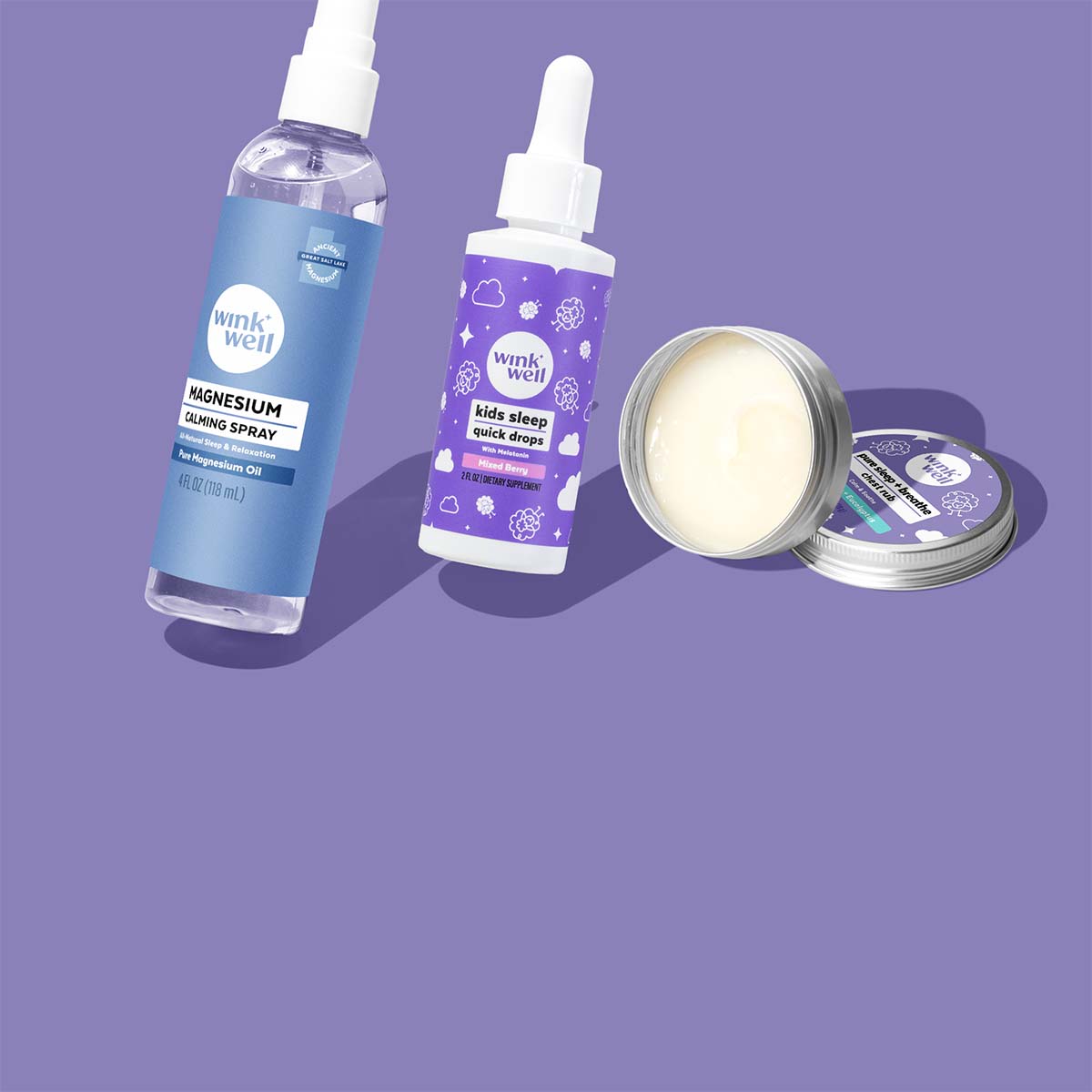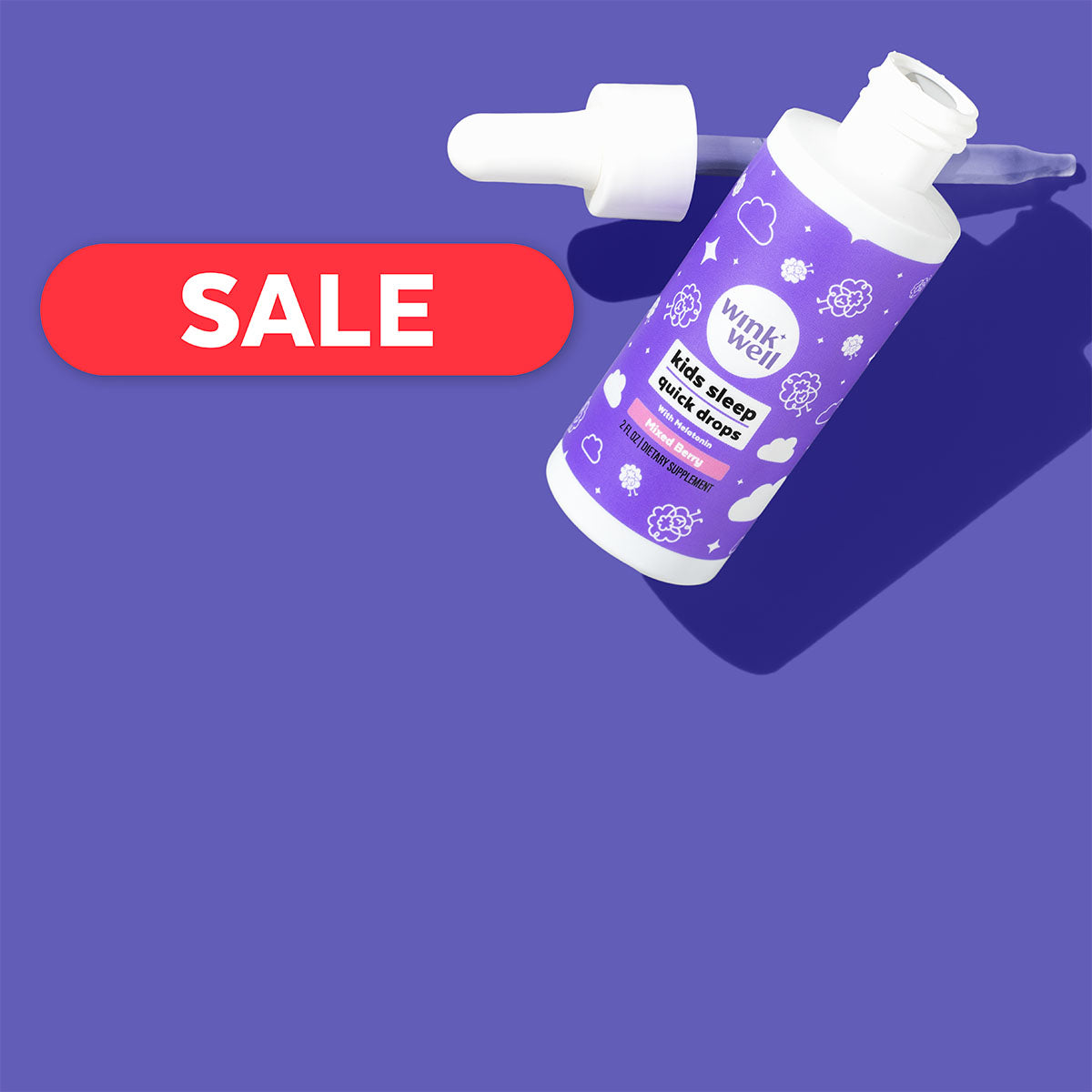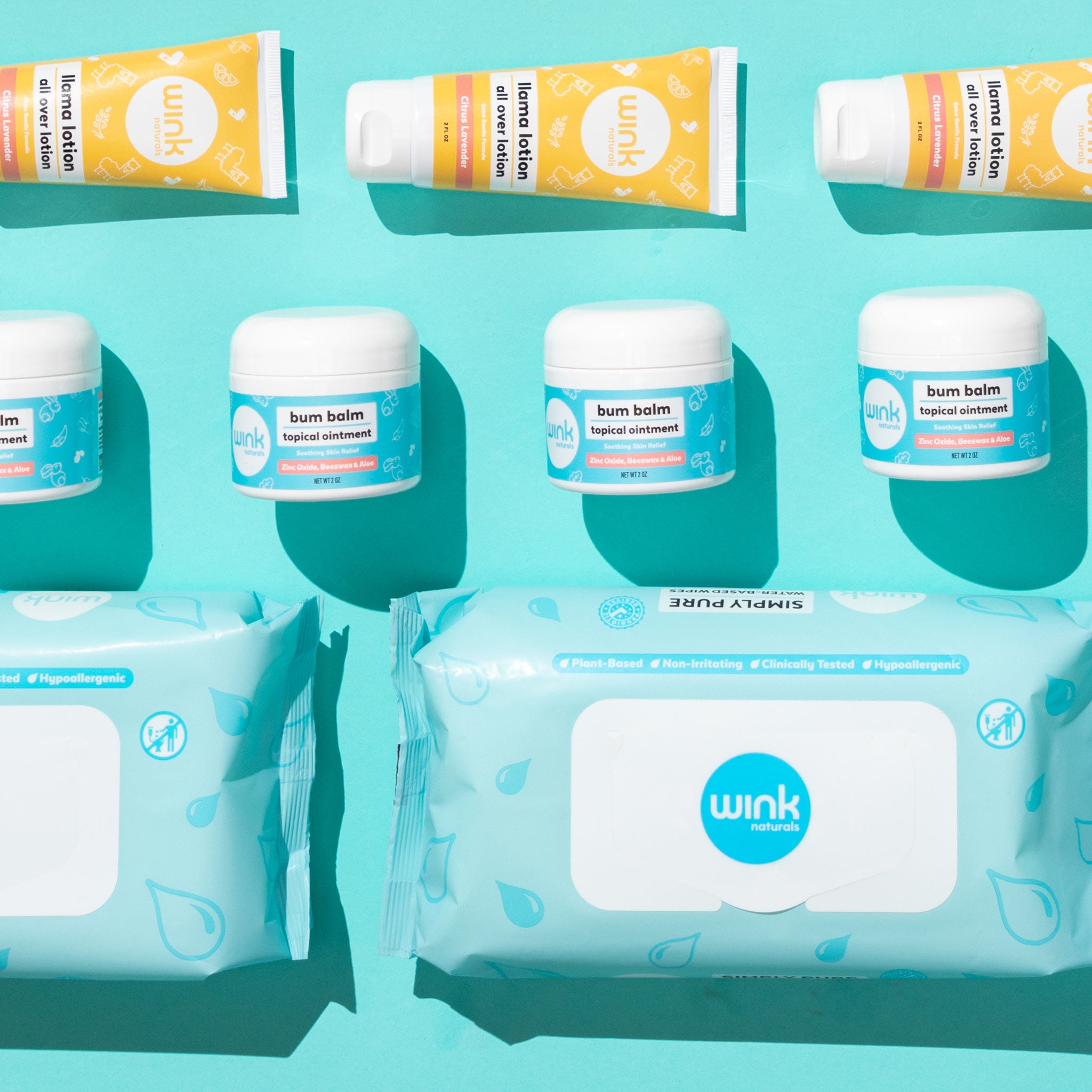Teething. That sounds like the perfect title for a horror movie. Every parent, at one point or another, has gone through or will go through a child teething. But what does teething look like? And how do you help your child get through it? These are all questions I hope to answer in this post. Consider this your ultimate guide to teething. Let’s bite right in.
What Does Teething Look Like?
To the rare and lucky mamas (and babies) who don’t show any symptoms, we envy you. But to the rest of us who are up late with a crying baby, let’s talk teething symptoms.
- Fussiness (especially at night)
If your baby is usually pretty chill and all of a sudden starts showing signs of fussiness, this could be your first clue that they might be teething. With our mama luck, babies tend to experience more teething action at night. It could also be that they have fewer distractions to get their mind off of the discomfort. One thing to keep in mind with this one is that teething can start just about whenever (babies can even be born with teeth) but it tends to align with normal sleep regression times (4 months, 6 months, etc.).

- Chomping, Biting, Sucking
So your baby is getting up multiple times a night and the only thing that seems to calm them is nursing. Even though they might be hungry, sometimes nursing provides them with comfort. You might notice your little one chomping on your fingers, toys, clothing, just about anything they can put in their mouth. They do this to help relieve the pressure of whatever is happening in their mouth.
- Lots and Lots of Drooling
It’s normal for your baby to drool, but you might notice your baby is like a running faucet. I seriously had to have wardrobe changes with my little dude because he drooled so much. Don’t assume that your baby is teething just because of drooling but keep an eye out for drooling in combination with other symptoms.
- Swollen Gums
When a tooth is getting ready to appear your baby’s gums might look puffy or bruised. Good luck trying to check the gums without your little one chomping on your fingers. It might shock you when you feel around your baby’s mouth with your finger to find a tooth that is already erupting.
- Ear Pulling
As with anything with your baby, these symptoms can also be symptoms of something else. In this case, it could also mean an ear infection :(. Teething pain often goes from the jaw to the ear canal. One way to figure out if it’s teething pain vs an ear infection is to see how easily distracted the baby can be. If your babe seems to be in constant pain and you can’t seem to distract them, it might be time to call your doctor.
- Eating Habits Change
Just like us, if we have a sore in our mouth we try to avoid chewing on that side. Your baby might want to eat more (for comfort) or might want to eat less (because of pain). If your baby is on solids, they might want to nurse or take the bottle more. Drastic changes in eating habits can be another sign that your baby is teething.
How To Help A Teether
Teething is a headache for everyone involved, but just like a headache, you can push through the discomfort with a few tricks.
The ultimate solution for a teether is our Cool Gums Teething Gel! The name says it all. Wink Teething Gel cools and soothes those painful gums, without numbing. With natural, drug-free ingredients, mama can have peace of mind that she’s not putting garbage in her baby’s mouth.
For extra benefit, keep the Cool Gums Teething Gel in the fridge so that it’s extra cool for your little one. For some quick tips on how to apply the teething gel, check out this video.
There are plenty of other tricks to help your teether. A wet washcloth that your baby can chomp on can ease some discomfort. There are also lots of great teething toys (that you can also keep cool in the fridge) that will keep your baby distracted. A caution with teething toys–be sure to clean them regularly since they will end up on the ground and anywhere in between.
A quick list of what to avoid in your teethers:
- BPA
- Silicone
- PVC
- Phthalates
- Chemicals
- Dyes
- Synthetic Fabrics
Look for eco-friendly materials (maple, wood, 100% organic cotton).
The last and maybe most important trick to help a teether is distraction. More than distraction is the power of time and attention with your little one. A little extra snuggle, maybe some laughing, and a little gum massage will go a long way with your babe.
Other Teething Gel and Tablets
We understand that as a parent you will want to try out different teething solutions to find what’s best for your baby, so we want to explain what we’ve learned about other teething gels and tablets.
First, don’t trust a product just because it’s on the market. Recently the FDA has taken a strong position against homeopathic teething gels and tablets because of the suspect ingredient belladonna, otherwise known as Deadly Nightshade (ummm, not something I want to give to my child). It can cause adverse reactions in small infants and the FDA strongly urges parents to avoid the use of any product containing this ingredient.
Why is belladonna bad? Belladonna, a poisonous plant, is widely regarded as unsafe because it has chemicals that can block different functions of the body’s nervous system. I’m talking about the ability to salivate, sweat, urinate, etc. That means if belladonna is in a teething gel or tablet, it can cause choking or gagging with your baby. Did they even do research before making their product?
Many teething gels contain numbing agents like clove oil, viscous-lidocaine or benzocaine. While these ingredients can help to numb the pain, they all come with strong warnings from the American Association of Pediatrics and the FDA.
Why is benzocaine bad? While numbing is a major concern, the FDA has also issued warnings for gels and teething products containing benzocaine and states that “The use of benzocaine gels and liquids for mouth and gum pain can lead to a rare but serious—and sometimes fatal—condition called methemoglobinemia, a disorder in which the amount of oxygen carried through the bloodstream is greatly reduced. And children under 2 years old appear to be at particular risk.”
When you’re doing your research for a teething solution, definitely stay away from products that include benzocaine or belladonna.
Tell Me About Xylitol
One ingredient in our Cool Gums Teething Gel that has some cool benefits is Xylitol. Xylitol is a sugar substitute that is derived from fruits and veggies. Yes, you just read that right. There is such a thing as a “healthy sugar”. Xylitol not only brings sweetness to the table but it also has oral benefits as well.
Xylitol helps reduce cavity-causing bacteria. Even though your baby might not have teeth yet, you still need to take care of their gums and mouth and Xylitol does that (and tastes sweet too).
Teething Explained
As with any baby advice, you need to listen to some and throw out the rest. You know your baby better than anyone else, so trust your instincts.
Now that you know the common symptoms of teething for your baby, you are better equipped to help soothe your little one. If you see one symptom, you will probably see more. If you notice your baby is extra fussy and crying to the point of no relief, definitely call your pediatrician. It could be more than just teething.







Leave a comment
All comments are moderated before being published.
This site is protected by hCaptcha and the hCaptcha Privacy Policy and Terms of Service apply.